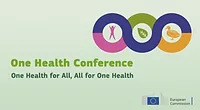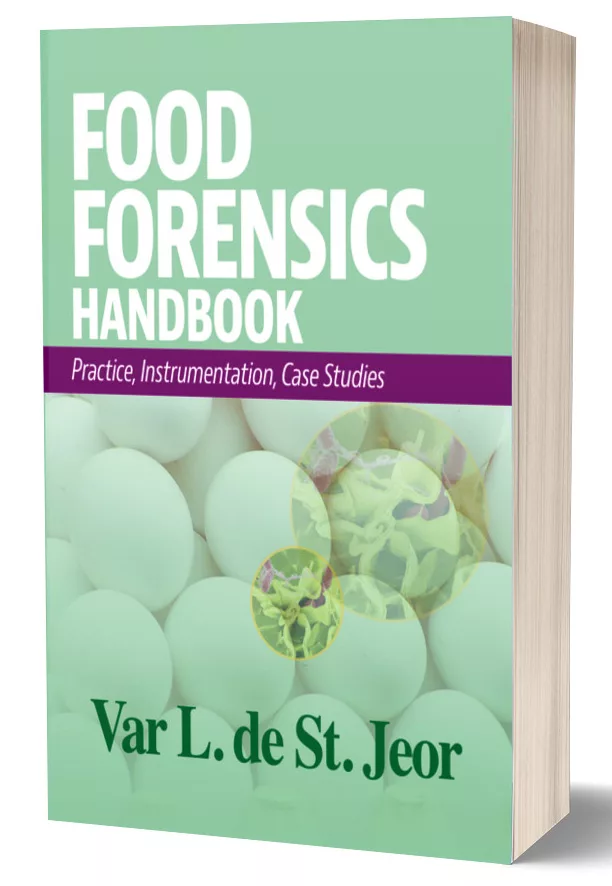Canada Makes 5-Year Commitment to Tackling AMR Through One Health Approach

Image credit: Fredox Carvalho via Pexels
Following a One Health approach, Canadian federal, provincial, and territorial (FPT) governments have made a 5-year commitment for concerted action to tackle antimicrobial resistance (AMR) through ten shared priority actions across five pillars. The action plan was developed by the FPT Steering Committee, which consisted of government representatives from the public health, human and animal health, agriculture, and agrifood sectors.
Nearly 15 people in Canada per day were estimated to have lost their lives to resistant infections in 2018, and, in the same year, the economic burden of AMR on Canada’s healthcare system and gross domestic product (GDP) totaled $1.4 billion and $2.0 billion, respectively. There is global consensus that AMR must be addressed by adopting a One Health approach, meaning that actions to limit the emergence and spread of AMR must be multi-sectoral and consider the close interplay between humans, animals, crops, and the shared environment.
The overuse of antibiotics, including medically important antimicrobials (MIA), in animal agriculture for growth promotion and other purposes are major contributors to the global rise of AMR. In 2020, 82 percent of all MIAs sold by volume in Canada were intended for use in food producing animals and horses—approximately 1.8 times more than was used for treating humans (a weighted estimate, taking the large number of animals compared to humans in Canada into account). However, surveillance of antimicrobial use (AMU) on broiler chicken, grower-finisher pig, and turkey farms have indicated a decrease in AMU from 2016–2020.
The action plan provides a 5-year (2023–2027) blueprint for strengthening Canada's collective AMR preparedness and response across the One Health spectrum. The action plan reflects the commitment of health and agriculture leaders in governments across Canada and responds to calls to action from non-governmental organizations, the healthcare and veterinary sectors, the scientific and research community, and industry to work together to combat the growing threat of AMR. The action plan and its implementation will be guided by the following principles:
- One Health: actions recognize and consider each sector and the interplay between human health, animal health, and their shared environment
- Equity: AMR disproportionately impacts certain populations and at-risk demographics, therefore, tailored approaches are necessary to ensure programs and initiatives are equitable and mitigate disproportionate impacts of AMU and AMR
- Domestic and International Collaboration: no one entity or order of government can effectively address AMR alone, therefore, coordination across jurisdictions, sectors, partners and the public is essential to effectively address AMR
- Momentum: implementation should build on existing successes to achieve continuous improvement toward stated outcomes.
The action plan outlines ten priority actions that will guide FPT governments' AMR efforts across five pillars. Although the ten priority actions have been grouped into five distinct pillars for the purposes of the action plan, they are mutually reinforcing and designed as a suite of actions that will together have the greatest impact in the Canadian context, and the implementation of any one priority action is expected to have horizontal benefits for others. The five pillars and the ten priority actions are as follows:
- Research and Innovation
- Achieve improved, sustainable access to antimicrobials, diagnostics, and alternatives to antimicrobials to better mitigate AMR
- Expand scientific knowledge base and tools to inform effective AMR/AMU interventions
- Surveillance
- Cultivate robust, integrated One Health AMR and AMU surveillance infrastructure with data that are accessible, reliable, timely, nationally representative, and capable of detecting emerging threats
- Comprehensively understand AMR and AMU trends at national, regional, and local levels to support evidence-based decision-making and to monitor the impacts of interventions
- Stewardship
- Give prescribers and other professionals in Canada the resources, training, and tools to facilitate appropriate AMU in humans and animals
- Foster understanding among Canadians of the importance of the appropriate use of antimicrobials
- Infection Prevention and Control (IPC):
- Increase effective implementation of infection prevention across community and institutional health sectors, including for populations disproportionately impacted by AMR
- Improve animal health and food safety along the farm-to-fork continuum to prevent and limit the spread of infection and foodborne pathogens
- Leadership:
- Build on existing One Health AMR governance structures to create a "network of networks" with inclusive representation to support action plan implementation
- Increase Canada's contributions to global efforts to advance key bilateral and multilateral commitments by prioritizing: generating improved data/evidence on AMR and AMU and strengthening surveillance systems and data standards, and expanding efforts to support low- and middle-income countries by advancing equitable access, stewardship, and IPC initiatives.
The action plan is designed to encourage jurisdictions, sectors, and disciplines across Canada to easily identify how and where they can best contribute to collective efforts to address AMR and inappropriate AMU within their unique contexts and for their specific stakeholders. The agriculture and agrifood industries are tasked with advancing appropriate AMU, promoting IPC and good animal management practices, and establishing some control programs in farmed animal production to protect the health of animals and to preserve the quality of the food supply.
Partners involved in the development of the action plan recognize that sustained long-term commitment is required beyond the five-year period of the action plan. Moving forward, progress made against the ten priority actions will be monitored and reported publicly.
Looking for quick answers on food safety topics?
Try Ask FSM, our new smart AI search tool.
Ask FSM →







.webp?t=1721343192)